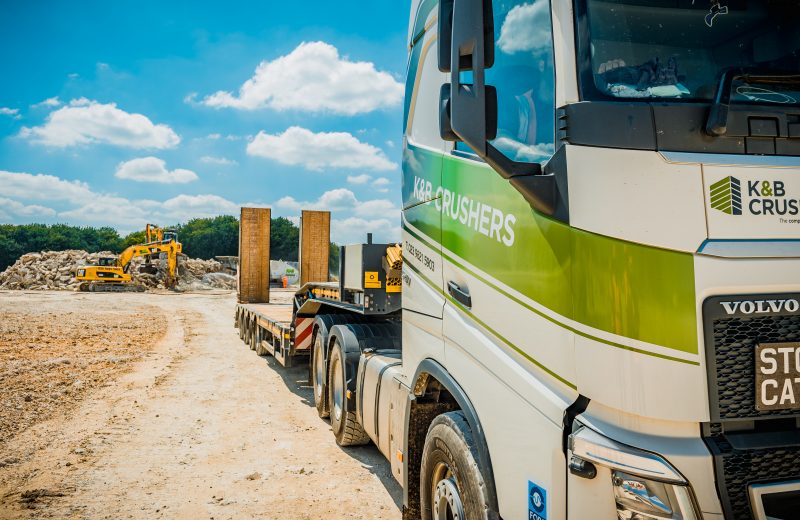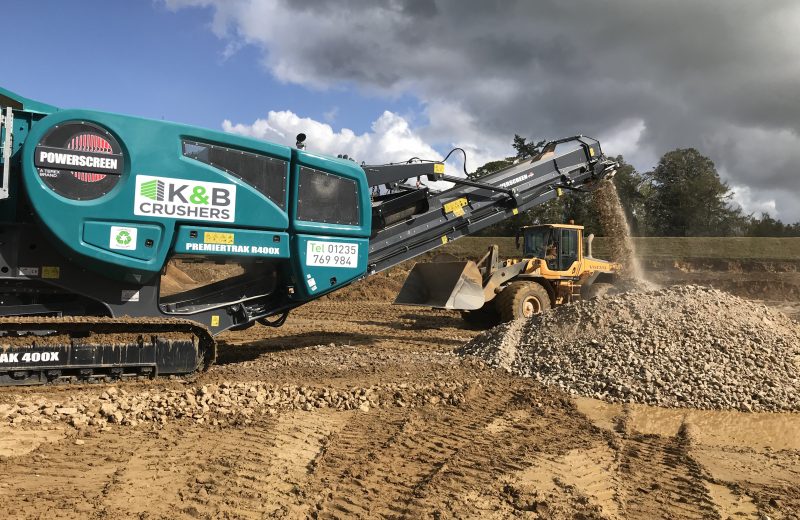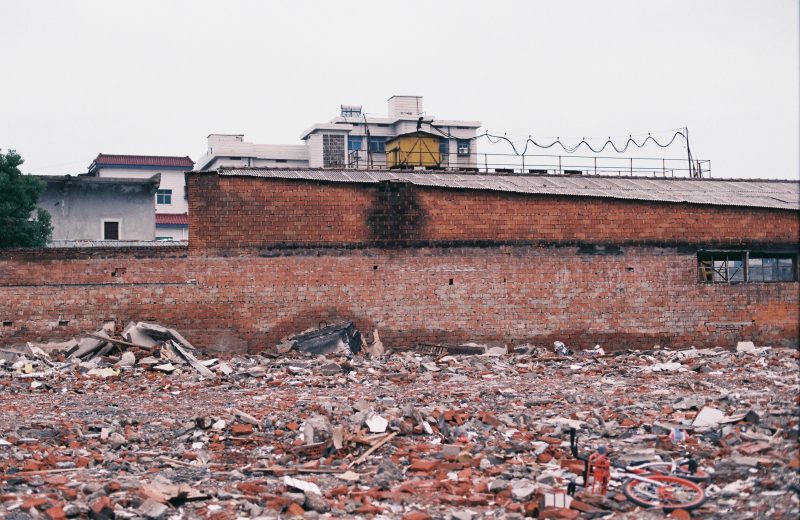SWMP stands for “site waste management plan”. It’s an essential document that outlines how construction waste is managed during a project. Its aim is to mitigate the impact waste has on the environment, both locally and globally, and ensuring that the project’s waste management is cost-effective – through reuse, recycling and recovery of materials.
Why do you need a SWMP for your project?
In England, if your project costs over £300,000, you’re legally required to have a SWMP in place prior to work commencing. It also needs to be regularly updated throughout the project and be accessible to all stakeholders.
Having a SWMP in place is also essential for helping businesses plan future projects more effectively, making the most of all materials purchased and reducing overall waste. Planning this way is not only good for the business, but also the environment – essential in the current economic and ecological climate.
What you need to include in your SWMP
A SWMP is a working document that will change as your project progresses as it’s a framework for delivering resource efficiency. There are key areas that need to be set out from the start within your SWMP – and this starts with identifying key roles and details.
Roles
- Who the client is
- Who the principal contractor is
- Who is responsible for managing project waste
Details
- A forecast of volume and types of waste
- How each type of waste must be managed, reduced, reused, recycled or removed
- How contractors will be supported to ensure all waste management is legal
- How waste will be measured during the project
Once you have each of these roles and details outlined, you have the core of your SWMP.
Who creates the SWMP?
The responsibility of creating a SWMP will be determined by the nature of the project. For larger projects, the client, designer and architect may prepare this while seeking their initial planning approval from local authorities. This initial plan would then be sent to the principal contractor to update or adapt into the project schedule and implementation plans. In this instance, the original SWMP has to identify a Chain of Custody during its timeline, to ensure that the legal responsibilities of the client and the principal contractor are identified.
Sometimes, a contractor working under a framework agreement may be involved during the concept and design stages where they are identified as the Waste Champion, whose responsibility is to create the SWMP.
The writer of the SWMP isn’t important – it’s who is outlined as having specific responsibilities that is essential. The most important aspects are that the SWMP complies with the 2008 regulations and that a Chain of Custody has been identified
How K&B Crushers can help with site waste management planning
We’ve compiled some top tips for creating and implementing an effective SWMP that follows legislation.
- Plan in detail, ensuring all key people and details are included
- Identify somebody to oversee the SWMP being implemented, ensuring the collaboration between client, contractors and subcontractors
- Manage construction waste effectively – ensure you’re making the most of any aggregates that may otherwise be removed from the site
- Inform all on-site staff about the SWMP and where they can access it. Ensure every member of staff is compliant and understands the need to follow the SWMP
- Review the SWMP regularly to ensure it’s always up to date and at the forefront of any improvements that can be made to the waste management process. Make every project a case study for future project plans
K&B Crushers offers a free site survey, to inform you of the on-site services you may require for your project This includes plant hire, waste management, aggregate supply, reuse and removal. You can get more information on how to create and implement your SWMP from Netregs online.
If you’re interested in a free site visit or to discuss your site waste management needs, talk to us today – call us now on 01235 769984 or fill in our online form.



